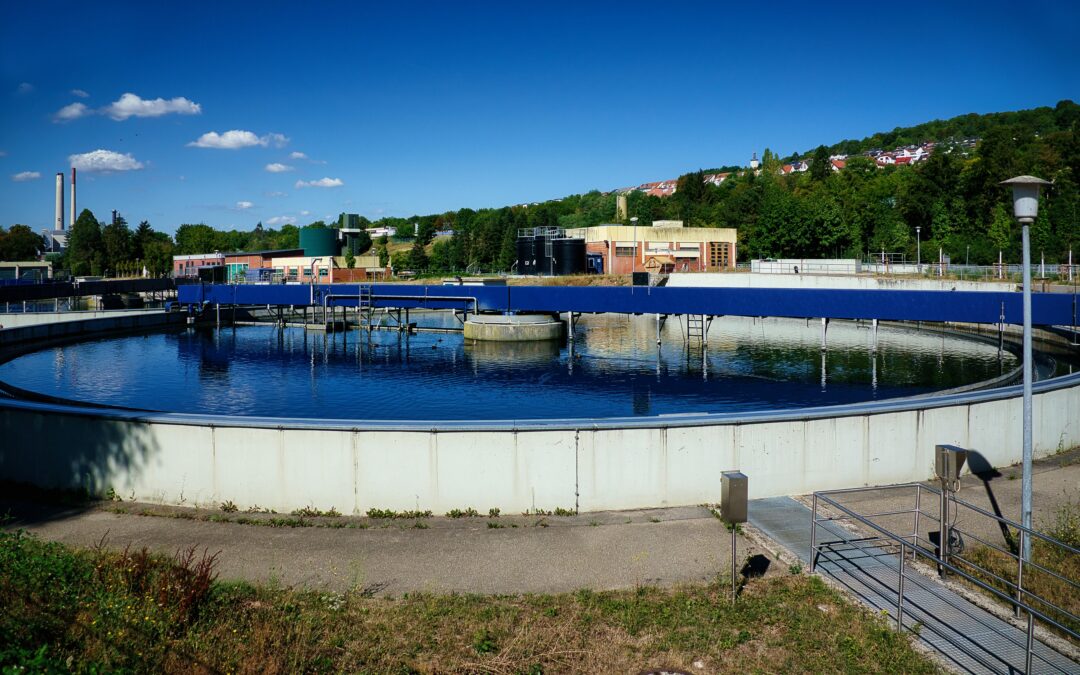When it comes to ensuring sewage doesn’t end up in our local waterways, those on septic have a lot of maintenance responsibilities. However, that doesn’t mean those on central sewer are completely off the hook.
Whether you are on central sewer in the city or the county, you are responsible for maintaining your sewer laterals, or the pipes that run from you house and connect you to the larger city/county wastewater system.
Just like any other type of infrastructure, sewer laterals can deteriorate and break, allowing raw sewage to flow out under your yard. Not only does this release harmful bacteria and nutrients, but cracks and holes in the pipe allow rainwater to seep in, which can overwhelm the city or county wastewater treatment plants because they are designed to treat a specific amount of water.
Central Sewer Dos and Don’ts
DO
- Check your line every 2-5 years
- Call for repair if you have sewage back ups in the home, smell odor, or have unexplained patches of really green grass, depressions, or damp spots in your yard
- Compost food scraps to avoid clogging pipes
- Make sure your cleanouts remain accessible
DON’T
- Don’t drive or park cars over your sewer laterals
- Don’t dispose medicines down the drain. Wastewater treatment plants are not designed to remove them.
- Don’t plant trees or shrubs over or near your sewer laterals
- Don’t flush the unflushables – fats, oils, greases, diapers, flushable wipes, cleaning products, etc.
Following these best practices can help prevent sewage backups into your house and costly repairs, protect our waterways, beaches, and economy, and reduce public health threats.
A Quick Word About Fatbergs
Cities all over the world are struggling with the somewhat newly coined problem of fatbergs. First discovered in London, fatburgs are congealed mats of grease, oil, flushable wipes, and other items that should not be flushed (even if they say they can be). These masses can grow to be the size of jumbo jets and severely clog wastewater pipes.
Learn more about Sarasota County and the City of Sarasota Wastewater Systems, including tour opportunities!
Learn more about fatbergs, including a list of notable fatbergs from around the globe.
Not on central sewer? Learn about best practices for septic tanks.
Featured Photo Credit: Joerg Hartmann
